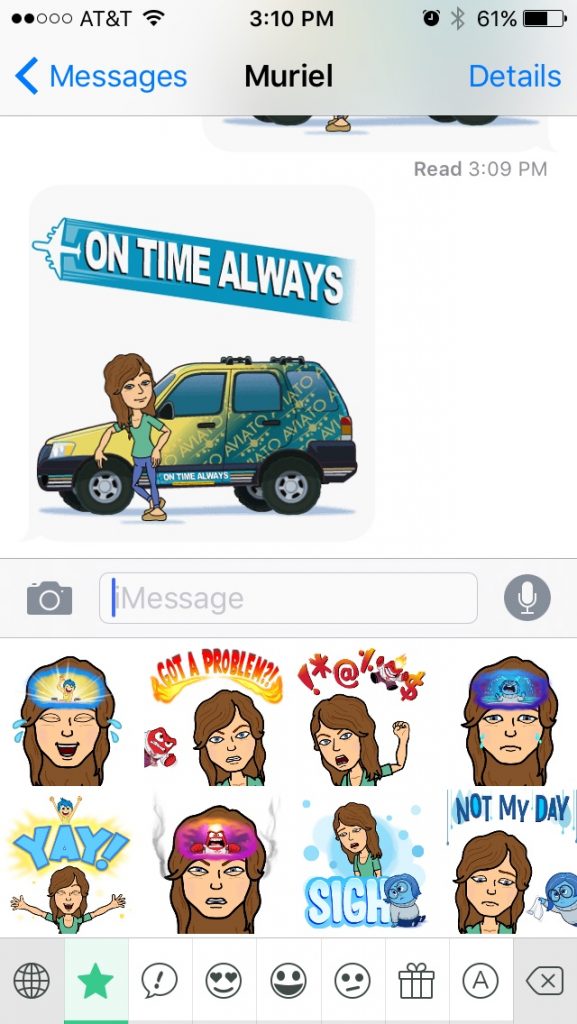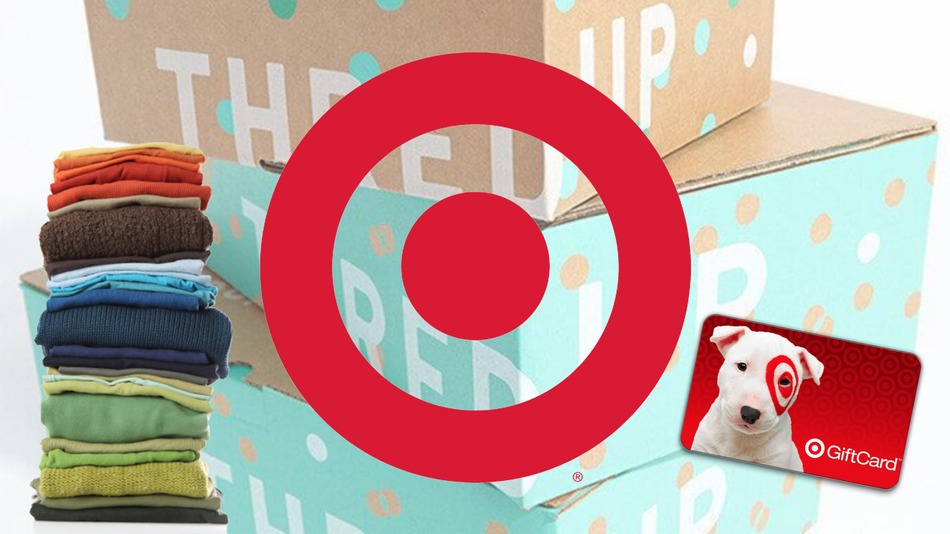What will happen to the digital marketing landscape if everyone starts to block ads? Last month, Apple released its iOS 9 operating system and announced Safari supported ad blocking. Over the past year, ad blocking apps also skyrocketed to the top of the app store’s paid charts. Between bots and other forms of ad fraud, combined with an uptick in ad blockers, marketers were already having a hard time genuinely reaching their target audience . Apple’s announcement highlighted a problematic divide between digital marketers and consumers: while consumers hailed it as a move towards an improved digital experience, many marketers responded with concern.
But is this really bad news for marketers? The current landscape of digital marketing through direct response advertising leads to a poor user experience for many people. We’ve created a system where publishers, many of whom use ad revenue to offer free versions of their apps, are encouraged to continuously optimize their ads to increase their bottom line. This means showing more ads in more places, often leading to crowded interfaces, and poor user experiences. Can you blame consumers for choosing to block ads? We’ve come to expect digital products and services for free from content to apps. Something had to give.
Here’s the part that may surprise you: these newfound challenges facing digital marketers are actually a good thing! They will recalibrate a system that is no longer serving its intended purpose — value exchange. When publishers partner with marketers whose campaigns provide value to their customers, then both parties win. Could this lead to a radical shift where digital marketers stop obsessing over clicks or views and start paying more attention to brand equity?
Here are some of the ways this new landscape will pave the way for better marketing.
1. Customer-Centric Marketing
Direct response marketing incentivizes performance marketers and publishers to create advertisements that are most likely to garner a click or attract attention. In this system, clicks mean revenue to both parties maximize spend and revenue based on clicks. This often leads to brand degradation through “click bait” collateral. The user experience can sometimes feel like a whacky haunted house, where you have to somehow sneak around the actor who just popped out in front of you to get to the next room. When we move more towards customer-centric marketing, the user experience improves, and we have to work harder and smarter to educate users about how our products and services add value to their lives.
2. Product Marketing That Adds Value
Good marketers think of all of their campaigns as an opportunity to provide value to their audience. Especially in community-oriented marketing (including social media marketing), providing value to your community must trump short term gains like click-through-rates. Ad blockers will move us away from click-bait and towards ad formats that add value to customer’s experience with our product. Content marketing that educates users on a core issue related to your product, such as fitness advice from Nike, or digital privacy advice from KeepSafe, will grow. Creative product marketing that educates users about your product in ways that enhance their experience will become even more valuable. For example, an educational institution could pay for a potential student to view 5 pieces of premium content, because they believe it is worth investing in your education. Or a simpler version — a brand could sponsor free in-app sticker packs centered around a theme related to their brand. Advertisers on Bitmoji, a popular personalized emoji add-on do this well.

3. Brand Equity
Rather than focusing on short-term objectives, such as the number of clicks and purchases, marketers will have to think more strategically about the long-term game of marketing: What do people think about our product or service? How are their sentiments taking shape over time? When we focus on brand equity, we force ourselves to be in tune with customers needs, and how we contextually fit into the landscape with our biggest competitors.
4. Strategic Co-Marketing
In a world where more publishers are blocked, we will have to think deeper about which audiences align well with our own and how we can collaborate with others to gain eyeballs outside of our reach. Creative co-marketing campaigns, and content marketing are a powerful vehicle for educating other audiences about about topics of interest to them that aligns with your company’s expertise. For example, ThreadUp, an e-commerce platform for reselling used clothing, and Target, a national retailer, partnered up. Their co-marketing campaign involved both parties promoting that customers could drop off used clothing at Target locations and receive Target gift cards when their clothes sold on ThreadUp. This campaign gave ThreadUp new supply in the form of customers clothes, and Target more demand in the form of store credit.

5. User Generated Content
When we push out the riff raft of meaningless ads or creepily retargeted ads, we are left with the voice of customers talking about our product. It reminds us that the most powerful marketing tool we have is the voice of happy customers, and their willingness to share their experiences. Investing in creative ways to prompt your audience to share your message on your behalf can be a boon to digital marketing efforts. Running effective hashtag campaigns that prompt user engagement and ambassador programs where you cultivate a community around your top customers are hugely valuable.
Would you like to learn how TINT can help you run effective hashtag campaigns?




